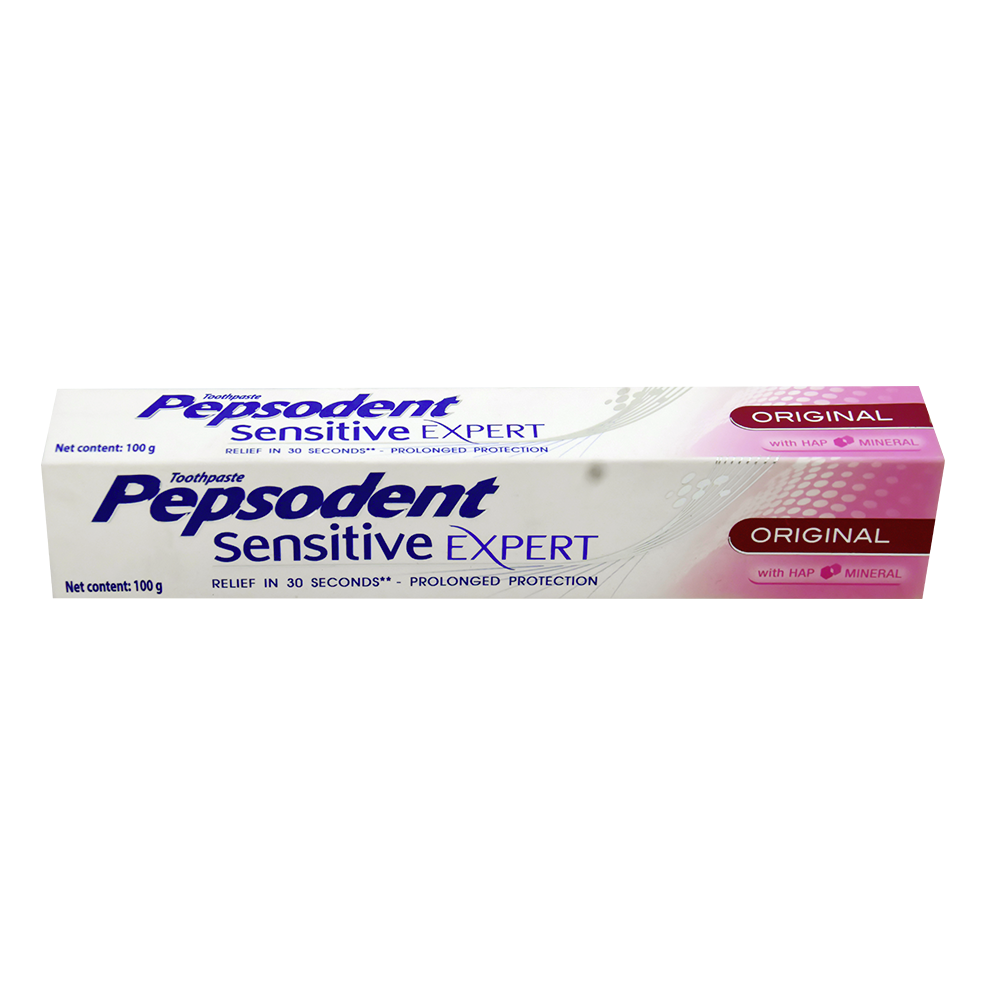No one wants to suffer from bad breath – it makes us uncomfortable and can make social situations awkward. But it’s a common issue and is generally easy to manage. We know there’s a lot of misinformation out there about bad breath, so let’s get the facts straight before we begin to tackle the problem.
Bad breath comes from the foods we eat
Yes, and no. When you consume food made with garlic or onion, the effect is only temporary. Chronic bad breath, on the other hand, is linked to high levels of volatile sulphur compounds, caused by anaerobic bacteria that build up on the back of the tongue as a result of poor oral hygiene.
I’d be able to tell if I had bad breath
You can’t tell if you have bad breath by cupping your hands between your mouth and nose. Bad smell originates in the back of the mouth, and is expelled forwards and out of your mouth only when you speak. If you’re worried you have bad breath, ask a close friend or a family member to test it for you.
Bad breath comes from the stomach
Not always. Occasionally it can be a symptom of gastrointestinal problems. But studies show that 85 percent of bad breath issues start at the back of the mouth, where sulphur-producing bacteria hide under the surface of the tongue. That’s why cleaning your tongue with a scraper is essential for fresher breath.
I brush my teeth, so I can’t have bad breath
Brushing alone won’t get rid of all the bacteria. Invisible food particles and more bacteria hide under a thin layer of mucus in the tongue, so make sure you use a tongue scraper. And don’t forget to floss and rinse afterwards as usual.
I can rinse with a mouthwash to control my bad breath?
A hurried swig of mouthwash will only mask the problem temporarily. Stick to regular brushing, tongue-cleaning, flossing, and rinsing to regulate the bacteria in your mouth. If you think you have chronic bad breath, you should speak to your doctor as it may be a sign of a medical condition. But don’t worry, whether chronic or short-term, bad breath is easy to control with a little bit of care every day.





